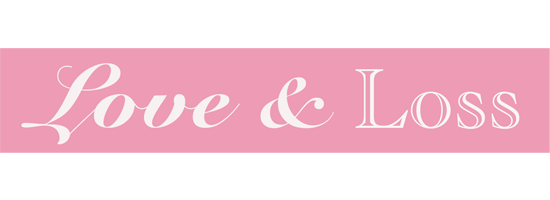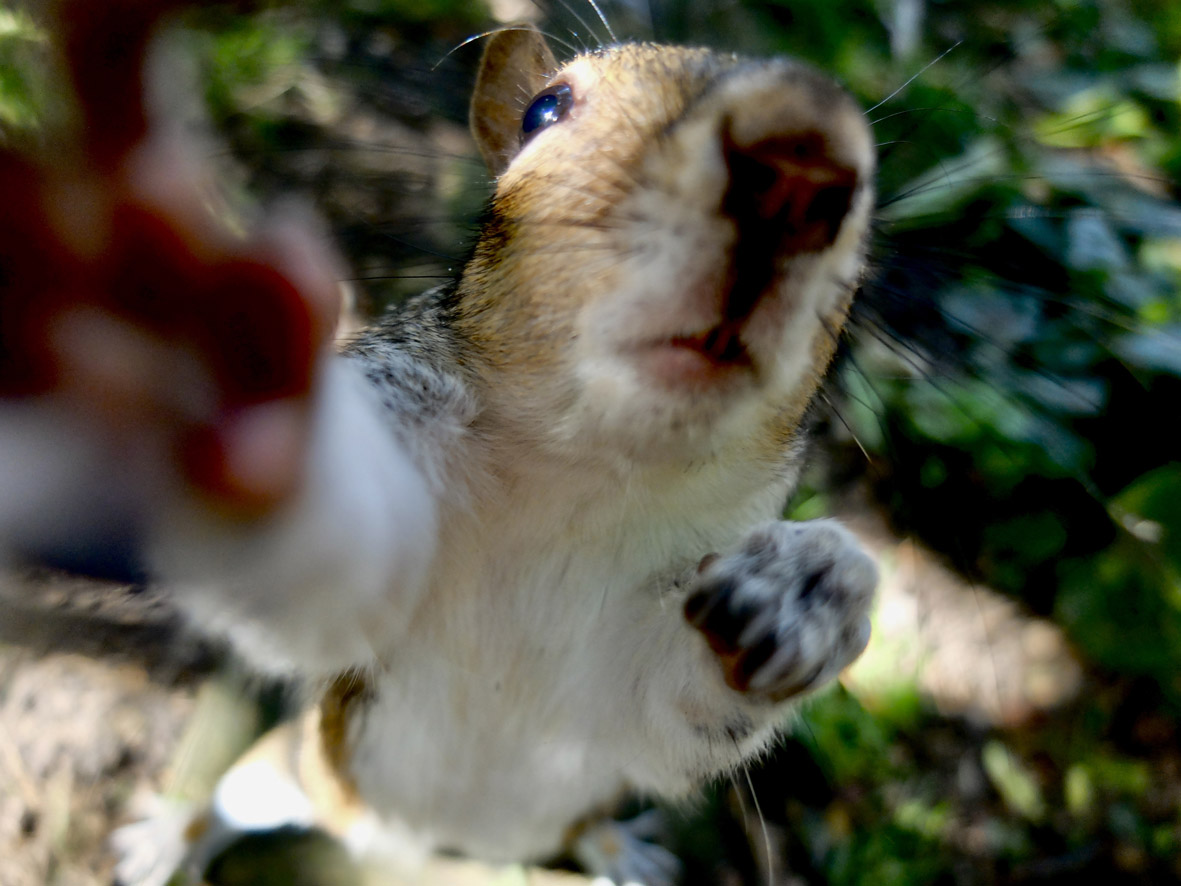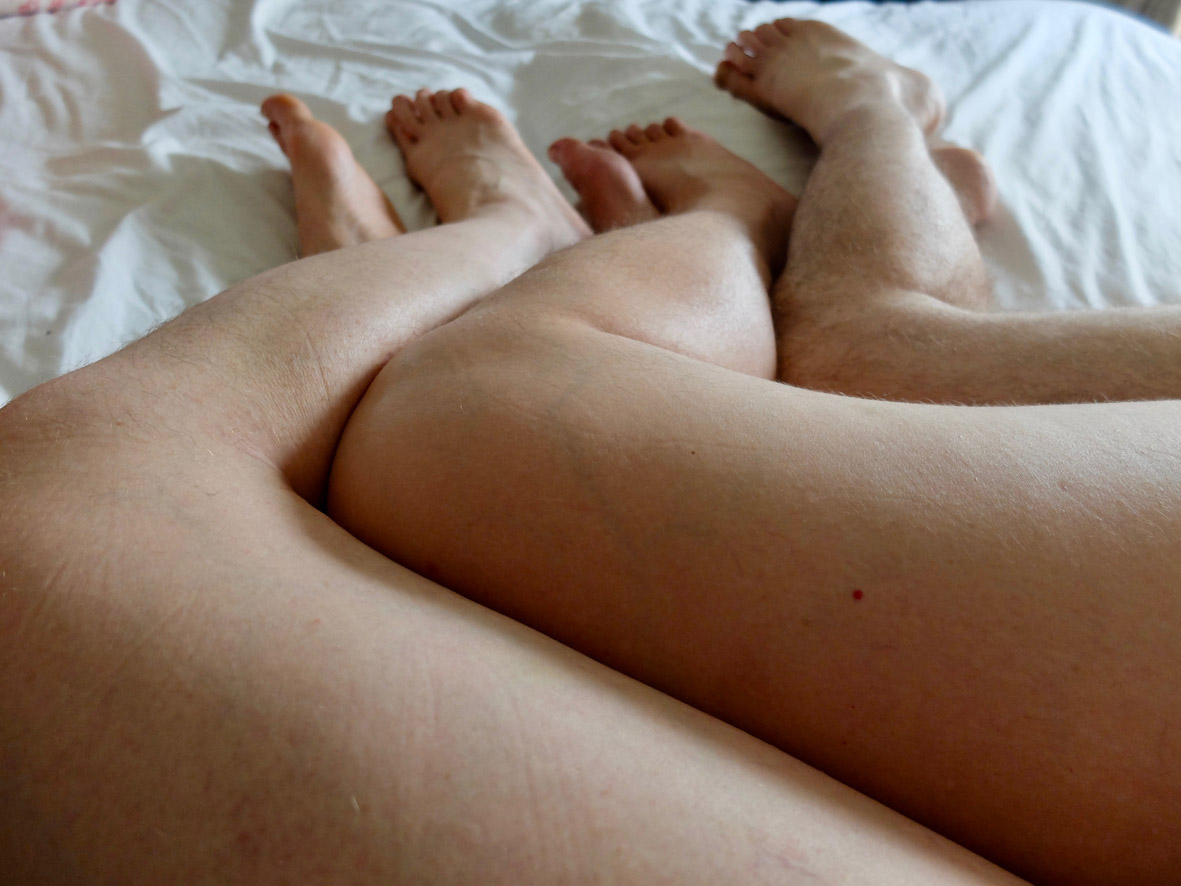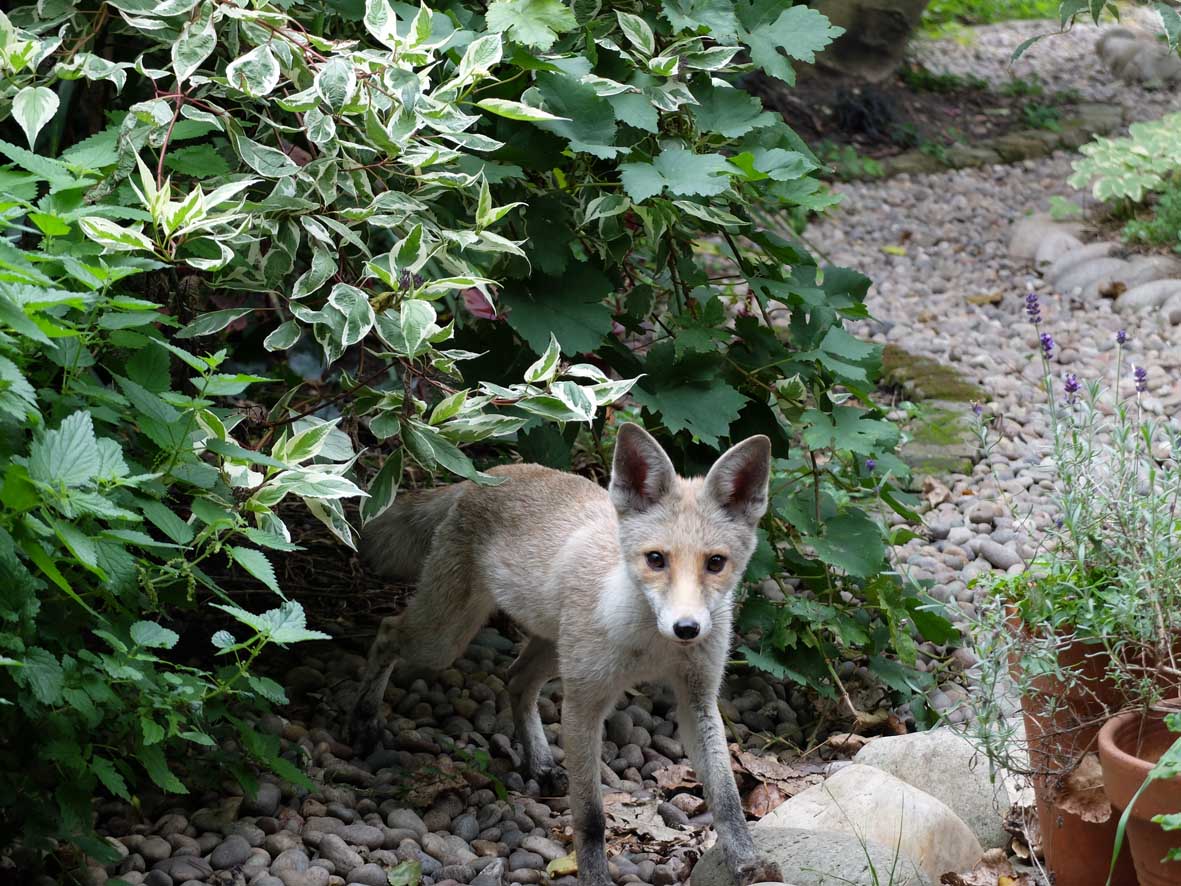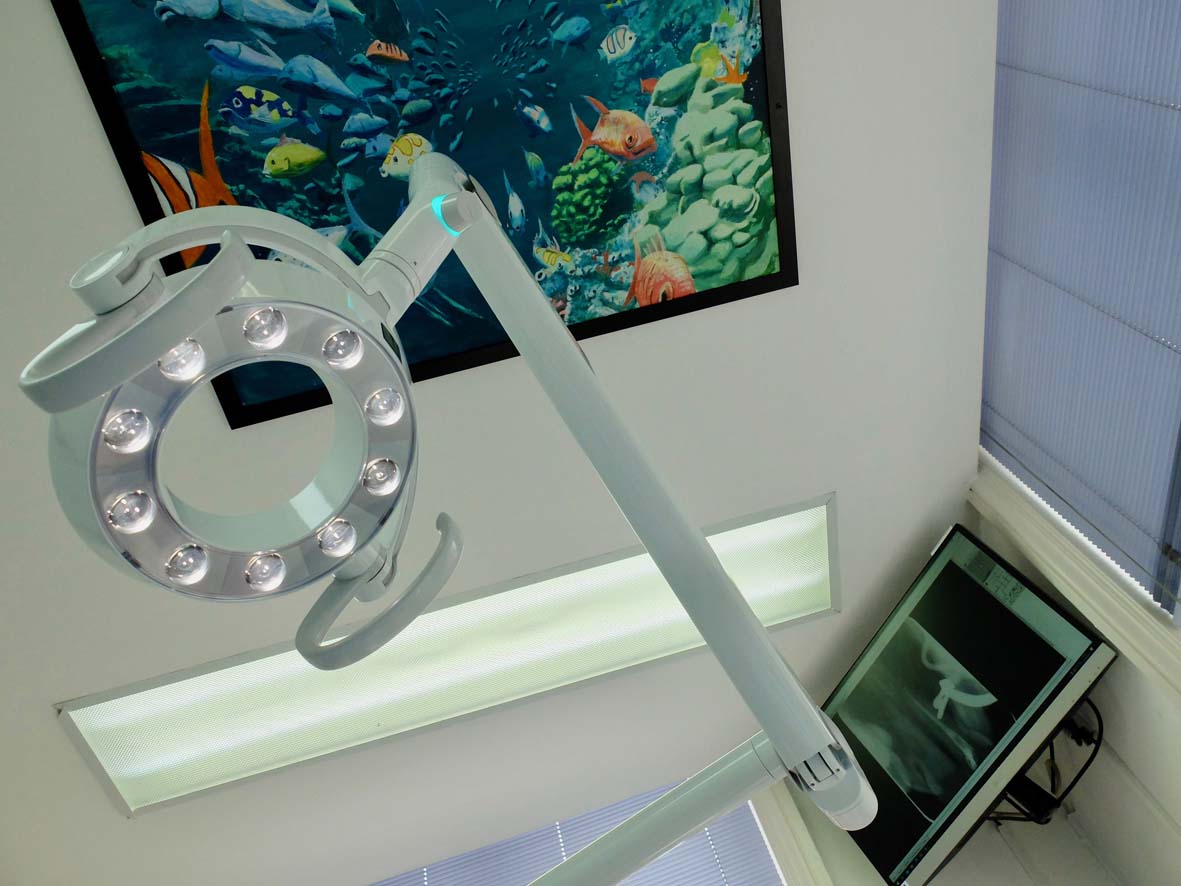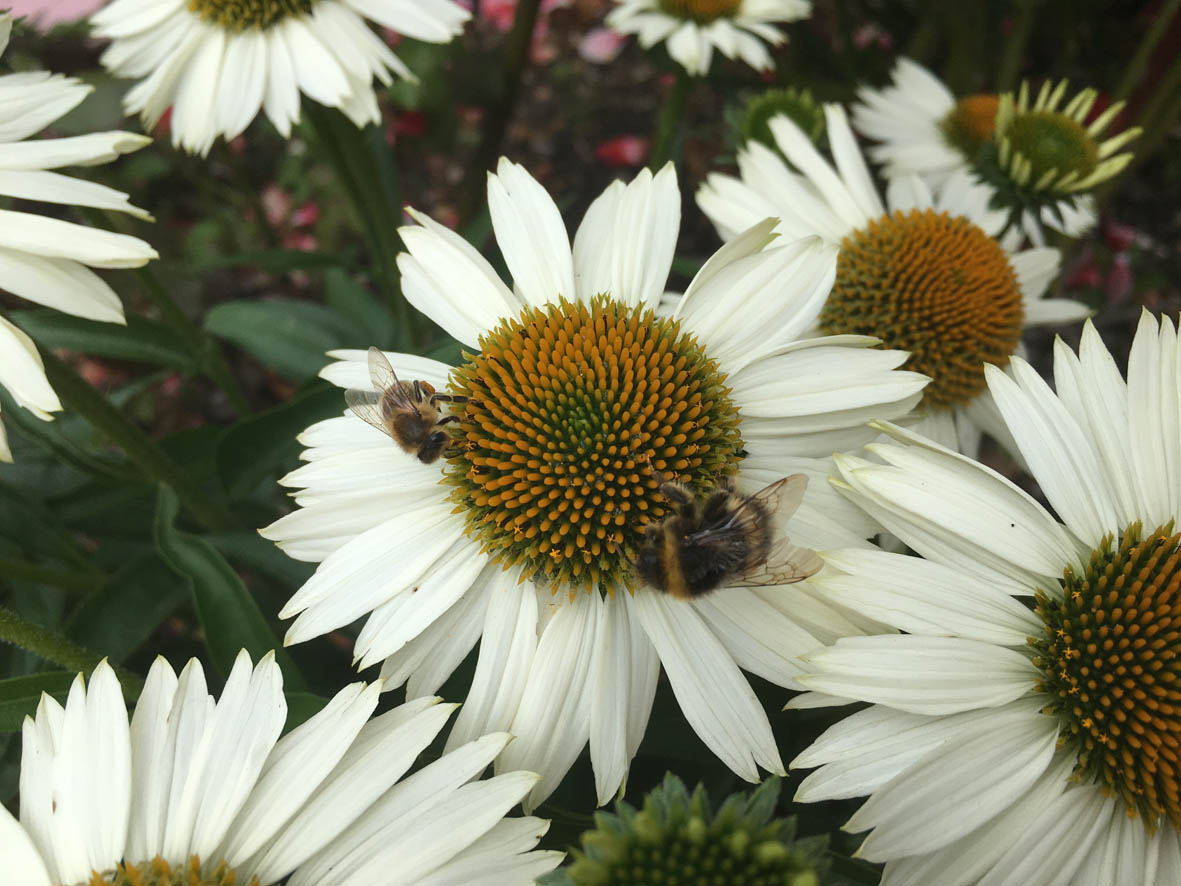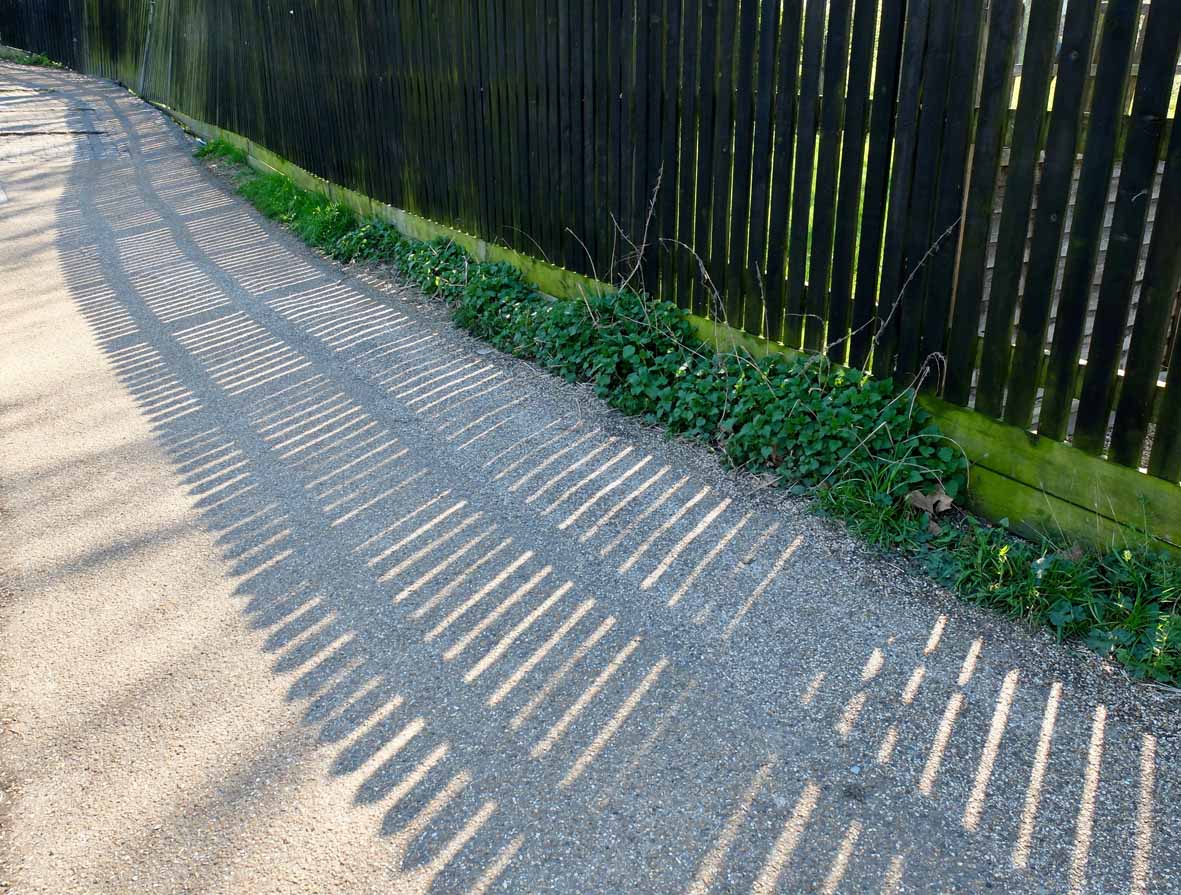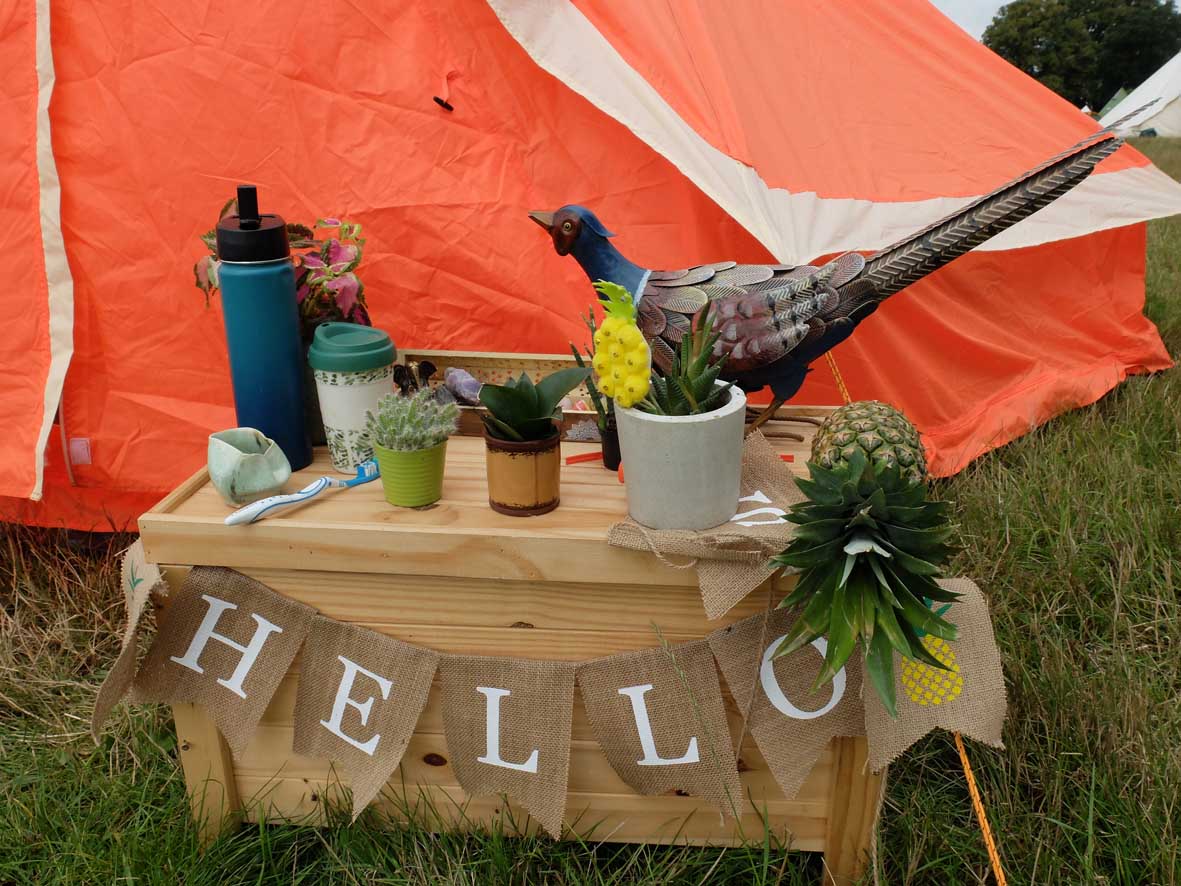02 Oct Oxleas Oaks
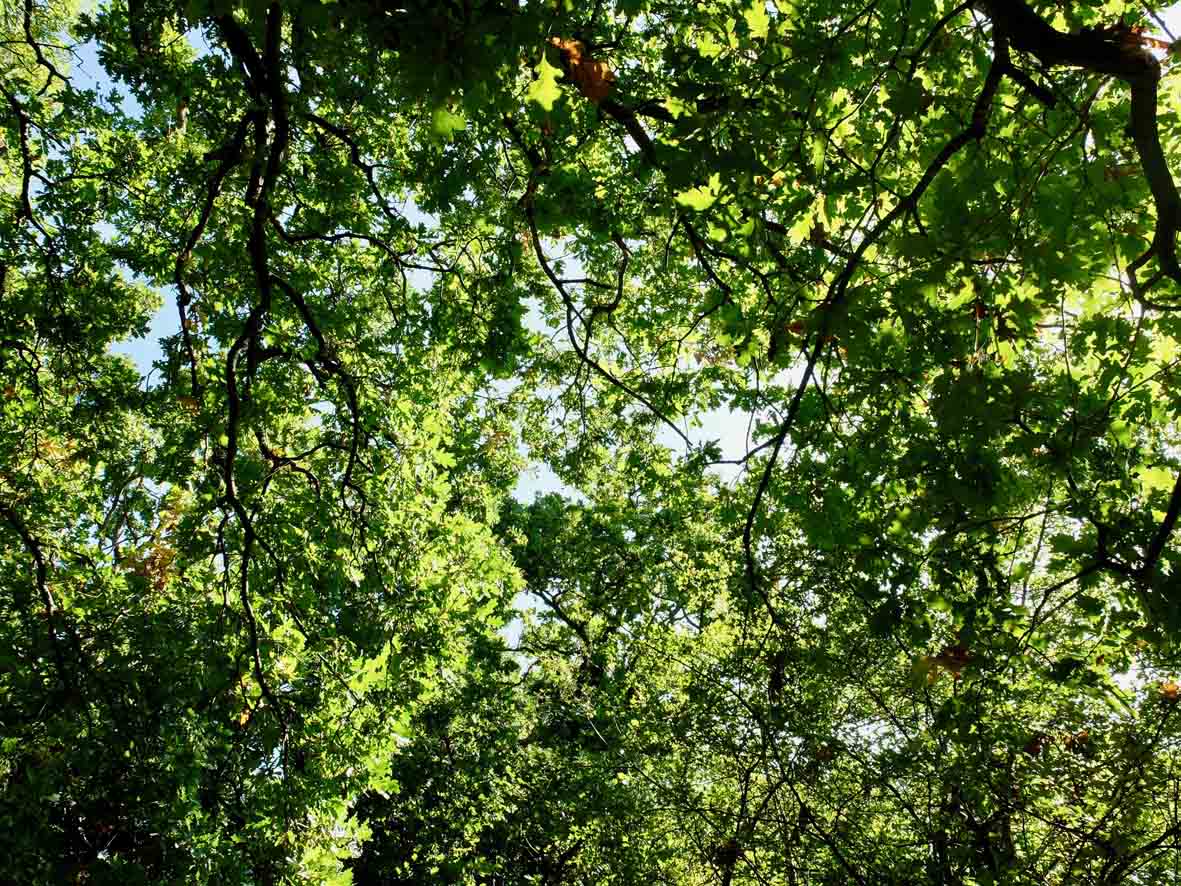 A young woman labels Bruce a ‘ruminator’. He prefers ‘wise reflective thinker’. We discuss whether this is inevitable given the number of years already lived in relation to the proportion of possible future years. I am in favour of fruitful rumination. It strikes me as a good thing to come to terms with the past, in order to live as fully as possible in the present.
A young woman labels Bruce a ‘ruminator’. He prefers ‘wise reflective thinker’. We discuss whether this is inevitable given the number of years already lived in relation to the proportion of possible future years. I am in favour of fruitful rumination. It strikes me as a good thing to come to terms with the past, in order to live as fully as possible in the present.
Meeting another friend, takes me back to the days when I prized the metal expandable roller skates; that enabled me to speed in a lurching zigzag around Marina Drive. I allow the play of light through oak trees to inspire rumination. In the days when my knees were always bruised, or scraped, we walked ‘Fiona’, our sandy Cairn terrier in these ancient deciduous woods.
Memories of my suburban childhood are elusive. I catch glimpses of Clarkes’ blue ‘Mary-Janes’. I can see my mother’s expression, when I return home from school with scuffed toes. I can feel the softness of a special white angora cropped cardigan. I remember the awe at witnessing the petals like spokes of Mesembryanthemums, closing at night. I can remember the repulsion of dog shit in the sand pit, but the joy of the swing.
Then, as now, I was quirky, happy to occupy myself, follow my own idiosyncratic path, sure of what I wanted to wear.
As we walk, enjoying this afternoon in 2020, Alexandra and I share our different memories of this place. We are old enough to value the sunshine, the lemon served with the food in the café, the use of our knees, the smell of the woods, and the view. A memory suddenly comes of hurtling down the broad hill of Oxleas Meadow in the snow, on a grey tin tray decorated with roses, and I can sense the excitement of that day, rising to the surface.
